Seamless(SMLS) steel pipes are made by piercing a whole round steel bar and have no weld seams on the surface.Unlike welded steel pipes, seamless steel pipes are made from a single solid round steel bar through processes such as piercing, hot rolling, cold rolling, or drawing. Because there is no welding involved in the entire process, they are stronger and more pressure-resistant than ordinary welded pipes, and are more reliable under high pressure and stress environments.
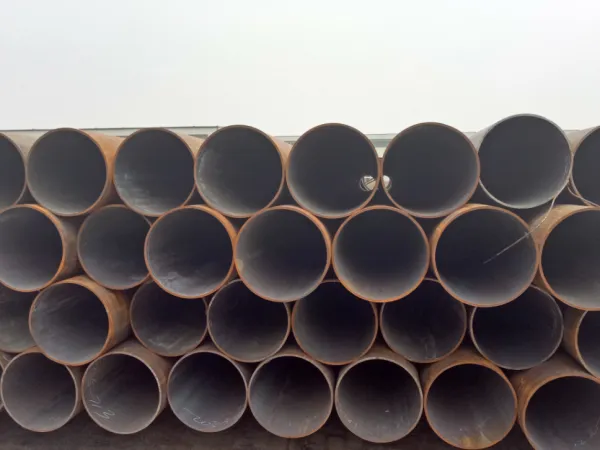
Classification of seamless steel pipes
Steel pipes refer to steel tubing with no seams around its cross-section. Based on different manufacturing processes, steel pipes can be classified into hot-rolled pipes, cold-rolled pipes, cold-drawn pipes, extruded pipes, and jacking pipes, each with its specific technical specifications.
From a material perspective, seamless steel pipes can be made from ordinary and high-quality carbon structural steel (such as Q215-A to Q275-A, and 10-50 series steels), low-alloy steel (such as 09MnV, 16Mn, etc.), alloy steel, as well as stainless steel and acid-resistant steel.
Based on application, seamless steel pipes can be divided into two main categories:
1. General-purpose: Suitable for water and gas pipelines, as well as various structural components and mechanical parts.
2. Special-purpose: Used in boilers, geological exploration, bearing manufacturing, and acid-resistant applications, among other special applications.
Seamless Steel Pipe Manufacturing Process
1. Hot Rolling (Extrusion Seamless Steel Pipe): Round billet → Heating → Piercing → Three-roll skew rolling, continuous rolling or extrusion → Tube removal → Sizing (or reduction) → Cooling → Straightening → Hydrostatic test (or flaw detection) → Marking → Warehousing The raw material for rolling seamless pipes is a round billet. The round billet is cut into billets of approximately 1 meter in length by a cutting machine and then conveyed to a furnace for heating.
First, the round billet is cut into lengths of approximately 1 meter and heated to approximately 1200℃. Then, it is pierced by a piercing mill, followed by three-roll skew rolling, continuous rolling or extrusion to form a steel pipe. Subsequently, sizing, cooling, and straightening are performed, and the internal quality is tested by hydrostatic testing or flaw detection. Finally, the markings, specifications, and production batch number are sprayed on, and the pipe is put into storage.
2.Production Process of Cold-Drawn (Rolled) Seamless Steel Pipes: Round billet → Heating → Piercing → Heading → Annealing → Pickling → Oiling (or Copper Plating) → Multi-pass Cold Drawing (Cold Rolling) → Billet Tube → Heat Treatment → Straightening → Hydrostatic Test (or Flaw Detection) → Marking → Warehousing.
Compared to hot-rolled (extruded) seamless steel pipes, the cold-drawn (rolling) process is more complex. The first three steps are the same, but starting from heading, the billet needs to be annealed, pickled, and oiled, then undergo multiple cold drawing and heat treatments, followed by straightening. Afterwards, internal defects are detected through hydrostatic testing or metal flaw detection. Once quality inspection is passed, the billet is marked with a number, specification, and batch number, and finally stored in the warehouse.
Common Specifications and Standards of Seamless steel pipe
|
Application / Use
|
Material / Type
|
International Standard
|
Chinese Standard (GB/T)
|
|
General structural steel
|
Carbon steel
|
EN 10210, ASTM A53
|
GB/T 8162
|
|
Fluid transportation / pressure piping
|
Carbon steel
|
ASTM A53, ASTM A106, API 5L
|
GB/T 8163
|
|
High temperature / pressure boiler
|
Alloy steel
|
ASTM A335
|
GB/T 5310
|
|
Low temperature applications
|
Alloy steel
|
ASTM A333
|
GB/T 9948
|
|
Mechanical / precision applications
|
Carbon / alloy steel
|
ASTM A519, EN 10297
|
GB/T 8162, GB/T 12771
|
|
Stainless steel pipes
|
Stainless steel
|
ASTM A312
|
GB/T 12771
|
|
Chemical / petrochemical use
|
Carbon / alloy steel
|
EN 10216, HG/T 21567
|
GB/T 3087
|
|
Oil & gas well casing / tubing
|
Carbon / alloy steel
|
API 5CT
|
–
|
Seamless steel pipe uses
Seamless steel pipes are widely used.
1. General-purpose seamless steel pipes are rolled from ordinary carbon structural steel, low alloy structural steel or alloy structural steel. They have the largest output and are mainly used as pipes or structural parts for transporting fluids.
2. Available in three categories according to different uses:
a. Supplied according to chemical composition and mechanical properties;
b. Supplied according to mechanical properties;
c. Supplied according to hydraulic pressure test. If the steel pipes supplied according to categories a and b are used to withstand liquid pressure, they must also undergo a hydrostatic test.
3、Special-purpose seamless pipes include seamless pipes for boilers, chemical and electric power, geological seamless pipes, and petroleum seamless pipes. Seamless steel pipes have hollow sections and are widely used as pipelines for transporting fluids, such as pipelines for transporting oil, natural gas, coal gas, water and certain solid materials. Compared with solid steel materials such as round steel, steel pipes are lighter in weight when the bending and torsional strength is the same, and they are an economical cross-section steel material. It is widely used in the manufacture of structural parts and mechanical parts, such as oil drill pipes, automobile transmission shafts, bicycle frames, and steel scaffolding used in construction. The use of steel pipes to make ring parts can improve material utilization, simplify the manufacturing process, and save materials and processing. Steel pipes have been widely used for manufacturing.
Advantages of Seamless Steel Pipes
1.High Strength & Pressure Capacity: No welds, uniform material, can handle high stress.
2.Corrosion Resistance: Stainless and alloy options resist chemical and marine environments.
3.Durable & Long Service Life: Over 50 years in industrial applications.
4.Clean Surface: Low roughness reduces scale and bacterial growth.
5.Versatile Applications: From pipelines to mechanical components and structural parts.
Frequently Asked Questions (FAQ)
Q1. Are all seamless steel pipes stainless steel?
A: No. Seamless steel pipes can be made of carbon steel, alloy steel, or stainless steel, depending on the material grade.
Q2. Can seamless pipes be welded?
A: Yes, smaller diameter pipes can be welded, but maintaining the seamless integrity is recommended for high-pressure applications.
Q3. What is the difference between seamless and welded pipes?
A: Seamless pipes have no weld seams, higher pressure resistance, and uniform wall thickness; weld seams in welded pipes may be weak points.
Q4. Which standards should be followed when purchasing seamless steel pipes?
A: Commonly used standards include ASTM A106, ASTM A53, API 5L, DIN 17175, and EN 10216. The appropriate standard should be selected based on the specific application.






 English
English Español
Español بالعربية
بالعربية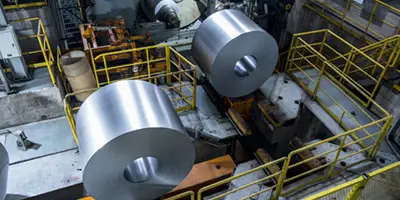
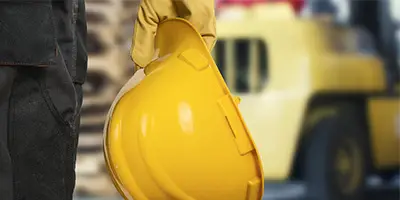
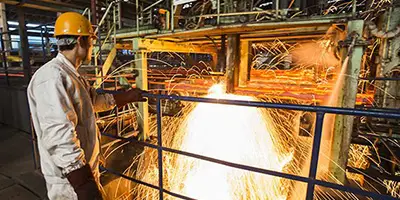
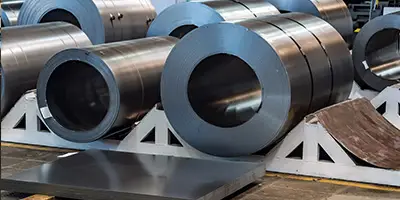

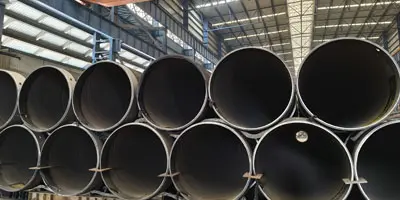
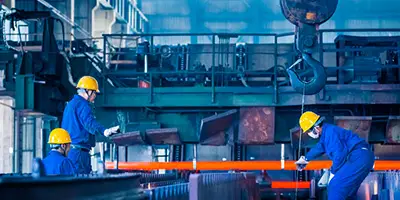
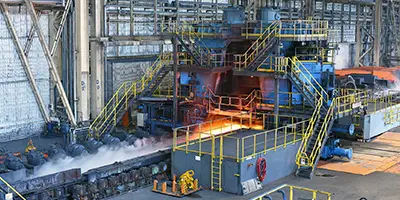
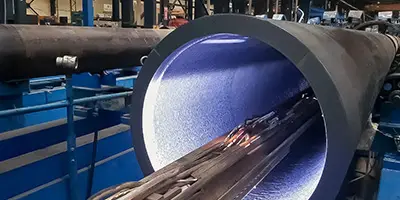
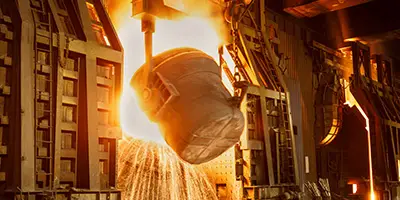
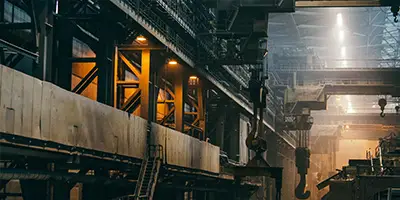

 Phone :
Phone :  Whatsapp :
Whatsapp :  Email :
Email : 


